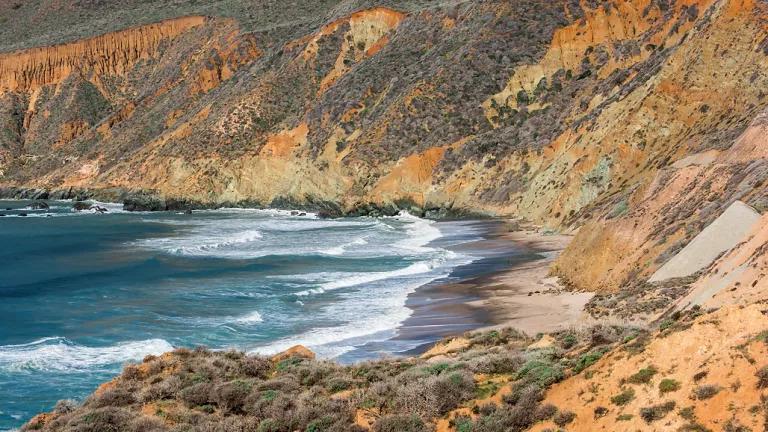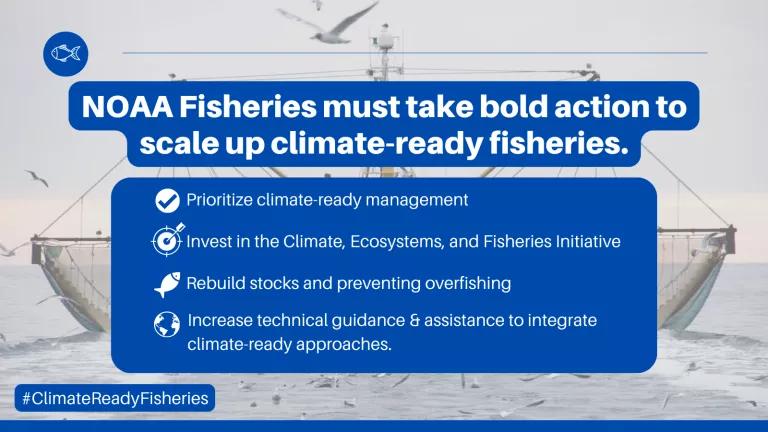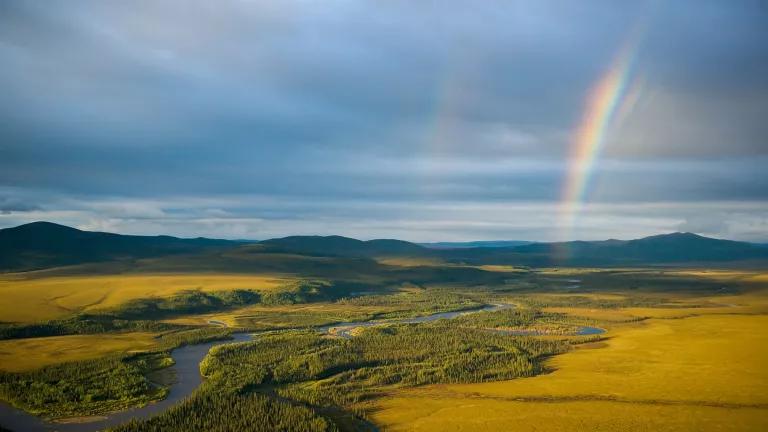Achieving 30x30 for Our Ocean
The science-based goal known as “30x30” calls for meaningful and durable conservation now, while we have time to make a difference.
In response to the loss of biodiversity and the climate crisis, there is action at the global level to set a goal to protect at least 30 percent of the world’s land, inland waters, and ocean by 2030. This science-based goal also known as “30x30” calls for meaningful and durable conservation now, while we have time to make a difference. Providing places for wildlife and habitat to thrive and recover from various stresses strengthens our planet’s natural resilience in the face of climate change, yielding huge dividends in a climate-stressed world.
Here in the U.S., President Biden has adopted a goal of conserving at least 30 percent of America’s land and waters by 2030. Some states, like California, have set statewide targets.
To achieve the target, it’s key to know what areas should count towards the 30x30 goal. For the ocean, many scientists call for the 30 percent to be made up of highly or fully protected marine protected areas (MPAs). These are areas established primarily for the long-term conservation of nature and that prohibit or significantly restrict extractive and other environmentally damaging uses in the area. Fully and highly protected marine areas are what’s needed to help ecosystems withstand and bounce back from human-induced disturbances and adapt to climate change.
More recently, there has been an expression of interest in counting another type of area toward the 30x30 target: “other effective area-based conservation measures” or “OECMs.” OECMs are not primarily set aside for long-term nature conservation, but they provide comparable long-term biodiversity protections. An example might be a military area that prohibits all industrial activities for national security reasons and delivers conservation benefits comparable to a highly or fully protected MPA, even though nature conservation is not the reason they were established.
This week, NRDC and nineteen other NGOs sent a letter to the U.S. agency heads responsible for achieving the U.S. 30x30 ocean goal. We strongly recommend that the U.S. set national guidance on OECMs now so that the government will have an objective and thorough way to evaluate areas for possible recognition as OECMs and ensure that only areas that deliver the effective long-term conservation of important biodiversity count toward 30x30. With so much at stake for the health of our planet, we must make sure that we are reaching the ocean goal through durable, meaningful actions.
It is critical that the U.S. set guidance that is at least as rigorous as the OECM definition and criteria used internationally by the Convention on Biological Diversity and the International Union for the Conservation of Nature (IUCN). To do otherwise could undermine international norms and put the U.S. on a path that adopts a lower standard for conservation than the rest of the world.
To qualify as an OECM, an area must be individually evaluated to assess the following. It must:
- Have a clear governance mechanism.
- Be in place for the long term and be designed to provide enduring benefits to ocean biodiversity.
- Have clear boundaries.
- Have ongoing monitoring with periodic review to determine whether it continues to provide significant biodiversity protection and resilience (and be no longer considered an OECM if it fails to continue to provide the requisite level of protection).
- Protect ecologically important species (for example, endangered, threatened, keystone and/or foundational species such as forage species) and their habitats within the area.
- Prevent existing and reasonably foreseeable threats to the area’s biodiversity, including by:
- Prohibiting environmentally damaging activities from occurring in the area.
- Prohibiting human activities, including across multiple sectors, which have demonstrable negative impacts on the area’s ability to conserve biodiversity, including activities that may occur or are foreseeable in the near-term.
- Take account of the management of adjacent areas.
Done right, OECMs can help connect MPAs, creating networks that support migratory species, and can contribute to the protection of underrepresented habitats and ecosystems. First, though, it is vitally important that the above criteria are met.




